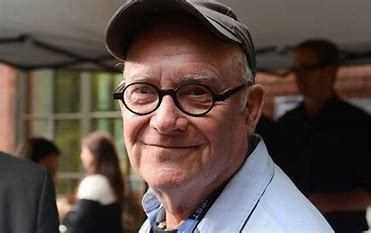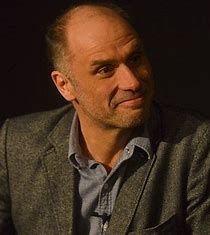Buck Henry: A Brief Introduction
Buck Henry was an American writer, actor, and director, best known for his work in the entertainment industry. Born in New York City in 1930, Henry began his career in the 1950s as a television writer, and went on to become one of the most prolific and respected figures in the industry. Over the course of his career, he received numerous awards and accolades, including an Academy Award nomination for Best Adapted Screenplay for the film “The Graduate” (1967).
Despite his success in the industry, Henry was known for his quiet and unassuming demeanor, and was often described as a private person. In this blog post, we will take a closer look at the life and legacy of Buck Henry, exploring his career, personal life, and contributions to the entertainment industry.
Career Highlights: Writing, Acting, and Directing

Television Writing
Henry began his career as a television writer in the 1950s, working on a number of popular shows including “The Garry Moore Show” and “The Perry Como Show.” He went on to become a regular writer for “The Steve Allen Show,” and later served as head writer for “Get Smart” (1965-1970), a spy spoof that he co-created with Mel Brooks.
Film Writing
Henry’s success in television writing led to a career in film, where he quickly established himself as one of the most talented screenwriters of his generation. In addition to “The Graduate,” he wrote or co-wrote a number of other successful films, including “Catch-22” (1970), “To Die For” (1995), and “The Day of the Dolphin” (1973).
Acting
In addition to his work behind the scenes, Henry was also a talented actor, and appeared in a number of films and television shows over the course of his career. He is perhaps best known for his role as the hotel clerk in “The Graduate,” but also appeared in films like “Heaven Can Wait” (1978) and “Grumpy Old Men” (1993).
Directing
Henry also had a successful career as a director, helming a number of films and television shows over the years. His directing credits include “First Family” (1980), “The Man Who Fell to Earth” (1987), and episodes of popular television shows like “Moonlighting” and “thirtysomething.”
Personal Life: Family, Relationships, and Legacy
Family
Henry was married twice over the course of his life, first to writer and actress Irene Ramp in 1958, and later to film producer and director Sally Dennison in 1985. He had two children, a son named Joshua and a daughter named Lily.
Relationships
Henry was known for his close friendships with a number of prominent figures in the entertainment industry, including Warren Beatty, Dustin Hoffman, and Robert Altman. He was also a frequent collaborator with Mel Brooks, with whom he worked on a number of successful projects over the years.
Legacy
Despite his relatively low profile in the media, Buck Henry left an indelible mark on the entertainment industry, and his contributions to film and television will be remembered for years to come. From his work as a writer and actor to his successful career as a director, Henry was a true talent who will be sorely missed by his colleagues, friends, and fans.
FAQ
Who is Buck Henry?
Buck Henry was an American actor, screenwriter, and director who was best known for his work on the television show “Get Smart” and the film “The Graduate.”
What was Buck Henry’s career like?
Buck Henry had a successful career as an actor, screenwriter, and director. He wrote the screenplay for several popular films, including “The Graduate,” “Catch-22,” and “To Die For.” He also acted in several films and television shows, including “The Man Who Fell to Earth” and “Saturday Night Live.”
What was Buck Henry’s personal life like?
Buck Henry was married twice and had two children. He was known for being a private person and did not often discuss his personal life in public.
What was Buck Henry’s legacy?
Buck Henry’s legacy includes his contributions to the film and television industries as a writer, actor, and director. He was known for his wit and humor, and his work continues to be celebrated and studied today.


